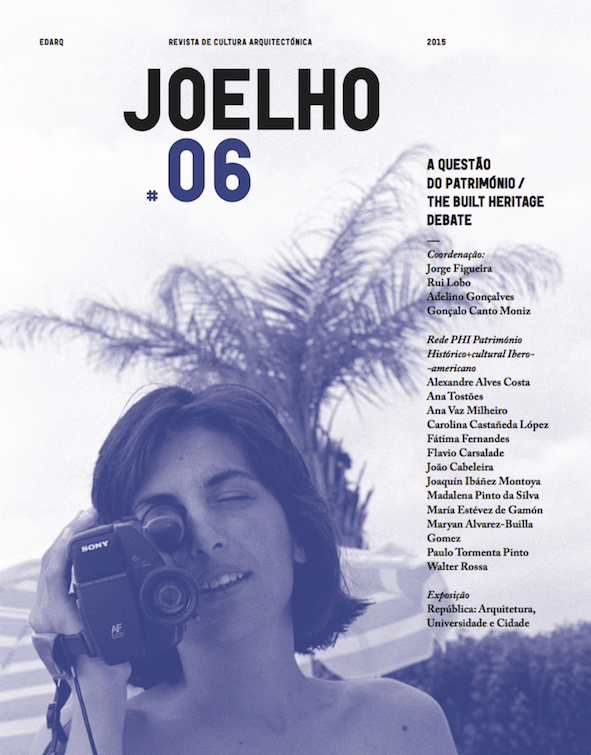Notes towards a project for the quarries landscape of Estremoz Anticline
DOI:
https://doi.org/10.14195/1647-8681_6_9Palavras-chave:
landscape, quarries, cultural heritage, industrial heritage, productive landscape, territorial projectResumo
The area known as Estremoz anticline, in central Alentejo, Portugal, is well known for its marble quarries since the roman period. The industrial activity since mid 20th century resulted in a violently humanized landscape.
Until recently the investigation regarding these marble quarries has been typically related with the rationalization of the industrial activity or the environmental issues that arise. This paper will try to take a different perspective on the subject, using the concepts of cultural landscape and industrial heritage.
The validation of the hypothesis that this landscape is part of the cultural heritage of its local community must start with the analysis of similar examples worldwide. This paper address three such examples: Caserta's quarries, the Balearic Islands, and Edward Butynsky's photographic investigation.
Finally the article proposes a conceptual framework to further research about the subject, aimed at a territorial architectural project for the area.
Downloads
##submission.downloads##
##submission.additionalFiles##
Publicado
Edição
Secção
Licença
Acesso Livre
Autores que publicam nesta revista concordam com os seguintes termos:
a. Autores conservam os direitos de autor e concedem à revista o direito de primeira publicação, com o trabalho simultaneamente licenciado sob a Licença Creative Commons Attribution que permite a partilha do trabalho com reconhecimento da autoria e publicação inicial nesta revista.
b. Autores têm autorização para assumir contratos adicionais separadamente, para distribuição não-exclusiva da versão do trabalho publicada nesta revista (ex.: publicar em repositório institucional ou como capítulo de livro), com reconhecimento de autoria e publicação inicial nesta revista.
c. Autores têm permissão e são estimulados a publicar e distribuir o seu trabalho online (ex.: em repositórios institucionais ou na sua página pessoal) a qualquer ponto antes ou durante o processo editorial, já que isso pode gerar alterações produtivas, bem como aumentar o impacto e a citação do trabalho publicado (Veja O Efeito do Acesso Livre).





